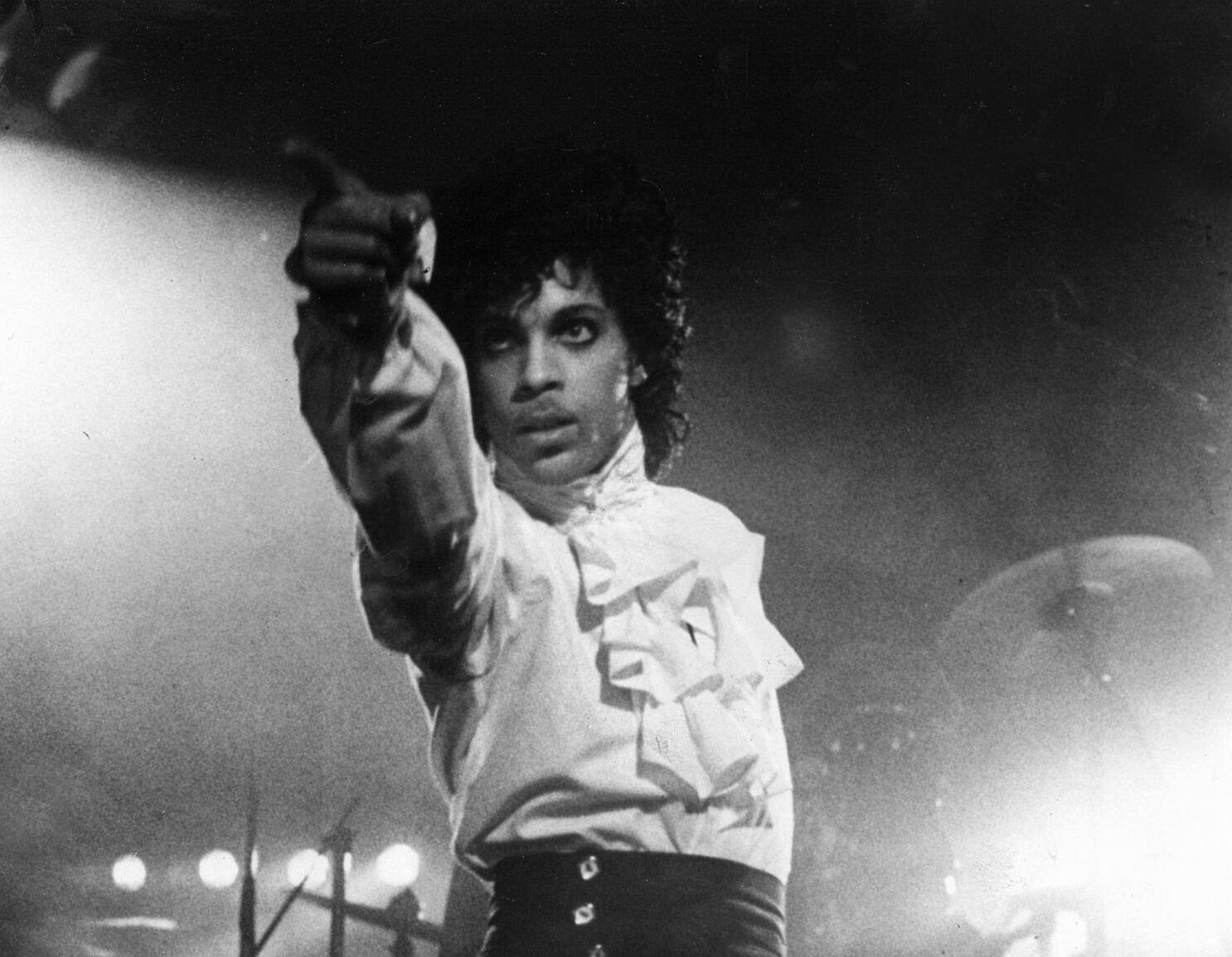
In recent years, the music industry has witnessed a transformative shift with the rise of visual albums—an innovative fusion of music and cinematography that transcends the conventional boundaries of traditional music videos. This article explores the emergence and impact of the visual album experience, examining how it has redefined the relationship between musicians and their audiences.
I. Redefining Album Releases:
Visual albums represent a departure from the standard release model of individual music videos or standalone songs. Instead, artists conceptualize and release an entire album accompanied by a cohesive visual narrative. This approach transforms the album into a multimedia experience, encouraging audiences to engage with the music in a more immersive and comprehensive manner.
II. Cinematic Storytelling:
Visual albums leverage cinematic storytelling techniques to weave a narrative thread throughout the entire album. Directors collaborate closely with musicians to create a visual journey that complements the thematic elements of each song. This integration of cinematography elevates the storytelling aspect, turning the album into a visual tapestry that enhances the emotional resonance of the music.
III. Conceptual Continuity:
One of the defining features of visual albums is the maintenance of conceptual continuity across multiple tracks. Artists and directors craft a cohesive storyline or thematic framework that runs through the entire album, connecting individual songs into a unified narrative. This continuity invites listeners to experience the music in a more connected and holistic way.
IV. Immersive Aesthetics:
Visual albums prioritize aesthetics, employing breathtaking visuals, intricate set designs, and artistic cinematography to create a visually captivating experience. The marriage of music and visuals enhances the emotional impact of the songs, providing a sensory journey that goes beyond the auditory realm. This immersive aesthetic experience distinguishes visual albums from traditional music videos.
V. Cultural Impact:
Iconic visual albums have made a significant impact on popular culture, sparking conversations and influencing trends. Works such as Beyoncé’s “Lemonade” and Frank Ocean’s “Endless” have not only garnered critical acclaim but have also prompted discussions on themes ranging from race and identity to love and societal issues. Visual albums serve as cultural touchstones that resonate with diverse audiences on a profound level.
Conclusion:
The emergence of visual albums marks a transformative moment in the intersection of music and cinematography. By redefining album releases, embracing cinematic storytelling, maintaining conceptual continuity, prioritizing immersive aesthetics, and leaving a lasting cultural impact, visual albums have become a dynamic and influential medium in the music industry. As artists continue to experiment with this innovative format, the visual album experience is poised to shape the future of how we consume and engage with music.







